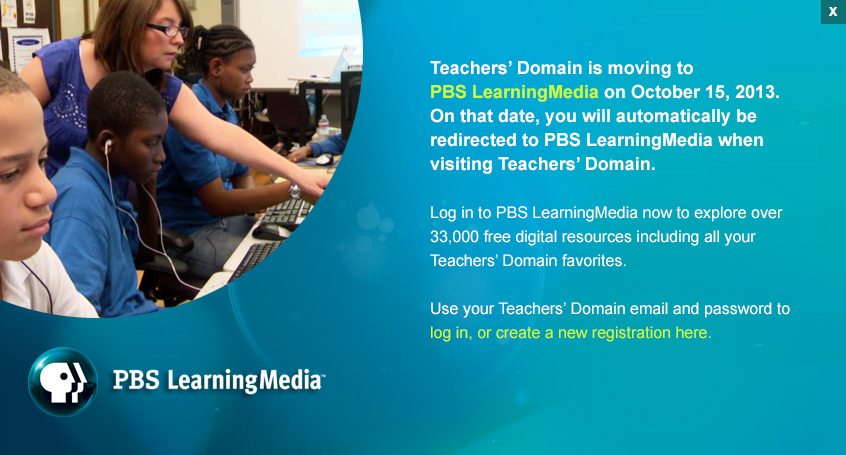Teachers' Domain - Digital Media for the Classroom and Professional Development
User: Preview
Beavers
(Video)
Biome in a Baggie
(Video)
Illuminating Photosynthesis
(Interactive)
Photosynthesis
(Video)
What Do Animals Eat?
(Video)
 Loading Standards
Loading StandardsIn this lesson, students watch video clips of animals and plants in their natural environment, to gather evidence that all living things have basic needs that must be met in order to survive. Then, to illustrate their understanding of this concept, students draw pictures of real or imaginary pets eating, drinking, breathing, and taking shelter (from the elements or from other animals).
This lesson is appropriate for students in all elementary grades. Activities, multimedia resources, and materials for students in grades 3-5 are specially designated.
For students in grades 3-5:
For students in grades 3-5:
For students in grades 3-5:
In order to survive, animals need air, water, food, and shelter (protection from predators and the environment); plants need air, water, nutrients, and light. Every organism has its own way of making sure its basic needs are met. It is important that young children be given the opportunity to recognize these needs by observing and then describing the natural world.
1. Have students brainstorm answers to the following questions:
Record students' answers on easel paper or on the chalkboard.
2. Show students the What Do Animals Eat? video. Ask:
Explain that animals need to eat for energy; plants don't eat but they still need energy. Ask:
3. Have students watch the Beavers video. For students in grades K-2, alert them to look for things that beavers need to stay alive.
For students in grades 3-5, distribute a copy of the handout. Have students record the needs of the beavers as they watch the clip.
4. Discuss the following questions:
5. Have students in grades K-2 watch the Biome in a Baggie video. Tell them to look for things that plants need to stay alive.
Have students in grades 3-5 watch the Photosynthesis video. Then have them answer the two related questions on the handout. Encourage them to watch the video multiple times.
6. Discuss the following questions:
7. End this part of the lesson by asking students whether they want to make any changes to the list of basic needs compiled at the start of the lesson (in Step 1).
8. Both plants and animals need air. To help students understand that plants need carbon dioxide (a gas that animals exhale) and that animals need oxygen (a gas that plants produce), have students explore "The Cycle" feature within the Illuminating Photosynthesis Web activity. Focus on the gases plants and animals need, not on understanding the process of photosynthesis.
Have students explore the Web activity with a partner and work together to complete the handout.
9. Distribute white paper and markers or crayons to students.
10. Review the needs of living things.
11. Have students draw a picture of a real or imaginary pet. Tell students to show their pet enjoying food, water, air, and shelter -- having all its needs met. Label the "needs" represented in the drawing.
12. Optional:
 Teachers' Domain is proud to be a Pathways portal to the National Science Digital Library.
Teachers' Domain is proud to be a Pathways portal to the National Science Digital Library.
